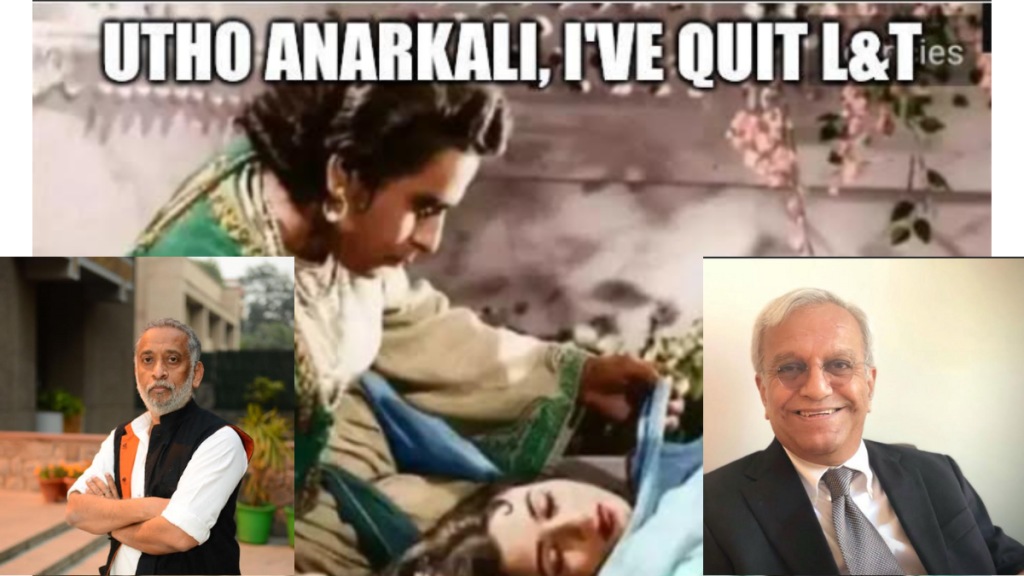The internet last week was flooded with memes, jokes and angry reactions after a video surfaced online in which L&T chairman SN Subrahmanyan could be heard telling his employees that he regretted not being able to make them work on Sundays. “What do you do while sitting at home? How long can you stare at your wife?” he asked, while proposing a 90-hour workweek. His remarks triggered outrage; users were also quick to draw parallels with Infosys co-founder Narayana Murthy, who infamously recommended a 70-hour workweek in 2023.
Corporate bosses have often stirred up a hornet’s nest with their hot takes. In an age where GenZ talent is seeking work-life balance, do corporate bosses run the risk of alienating potential employees? Are corporate leaders in dire need of social media training? Here’s what the experts have to say:
‘Nation building is the refuge of the unprepared’
Dilip Cherian, Image guru & PR veteran
SN Subrahmanyan is doing what is referred to as virtue signalling by extolling long working hours. There are some important learnings from this controversy. The first and most important is that there is no concept of private space in today’s world. CEOs need to be aware that they are constantly visible and should act accordingly. Further, the younger workforce today, unlike older generations, is unwilling to make great sacrifices to achieve targets. If you have to eulogise hard work, then you have to tell young people about the kind of rewards they can expect.
And frankly, a response like ‘nation building’ is the refuge of an unprepared leader and team.
As someone who has trained over 200 CEOs during my PR career, there are three broad areas of training that business leaders urgently need. The first lies in what they say, the second is in the voice and tonality of their statements and the third is the ability to add an engaging personal element to their perspective.
CEOs are often also underprepared for the kind of backlash they receive for their statements (unless they are the mundane kind). Therefore, the CEOs and their teams need to have a set of ready responses to address any criticism that their remarks might cause. Leaders need to be walked through multiple ‘what if’ scenarios and be prepared for any kind of outrage.
Finally, I believe that most corporate leaders can learn from personalities such as Anand Mahindra, who rarely find themselves embroiled in controversies. Mahindra is uniquely loved both by ordinary people and the government, and is a perfect example of a media and social media savvy leader.
‘Image is a reflection of what the leader stands for’
Rajiv Desai, Chairman & CEO, Comma Consulting; author, columnist on public affairs
Corporate leaders often make the mistake of impulsively saying whatever they want because they believe they’re infallible. However, in speaking their minds without any filter, they lay bare the savage nature of the workplace.
My advice to business leaders and CEOs is not to simply present a sanitised public image of themselves but rather to make concrete changes in themselves and their organisations. There is no point in creating the image of an empathetic CEO without actually putting in the work to make that change in your own value system and organisational culture. You cannot make changes in your reflection in the mirror — you need to admit the need for change first.
It is unfortunate that for the most part, CEOs tend to solely focus on profitability rather than the well-being of their own people. In today’s digital age where everything is connected, CEOs need to improve employee relations and focus on employee satisfaction. Once they manage to do that, a better public image will naturally follow and importantly, it will be more authentic.
On the matter of social media, I firmly believe that CEOs should refrain from airing extreme views on public platforms. If they must post on social media, they should stick to broader subject matters such as the environment, urban development and other issues that affect society.

